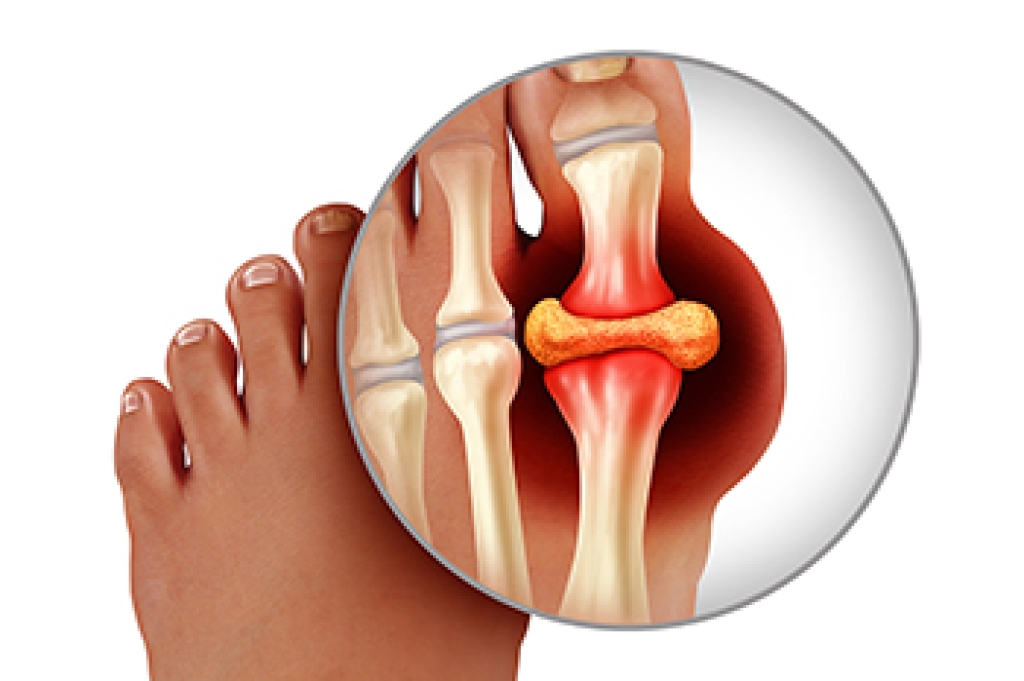
Gout, a form of inflammatory arthritis, occurs when uric acid accumulates in the joints, leading to the formation of needle-like crystals. This condition, often characterized by sudden, intense pain, typically targets the big toe but can affect any joint. The primary culprit is an excess of uric acid, a byproduct of purine metabolism, causing inflammation and debilitating discomfort. Individuals grappling with gout frequently experience swelling, redness, and extreme tenderness in the affected joint, making movement excruciating. While the big toe is a common target, gout can also strike joints in the ankles, knees, wrists, and fingers. The pain, often reaching its peak within hours, can be relentless and accompanied by lingering discomfort. Recognizing the definition and symptoms of gout is pivotal for prompt diagnosis and effective management. If you have pain in your big toe, it is strongly suggested that you visit a podiatrist who can properly diagnose, treat, and manage gout or any other condition it might be.
Gout is a foot condition that requires certain treatment and care. If you are seeking treatment, contact Dr. Castillo from Bronx Foot Care. Our doctor will treat your foot and ankle needs.
What Is Gout?
Gout is a type of arthritis caused by a buildup of uric acid in the bloodstream. It often develops in the foot, especially the big toe area, although it can manifest in other parts of the body as well. Gout can make walking and standing very painful and is especially common in diabetics and the obese.
People typically get gout because of a poor diet. Genetic predisposition is also a factor. The children of parents who have had gout frequently have a chance of developing it themselves.
Gout can easily be identified by redness and inflammation of the big toe and the surrounding areas of the foot. Other symptoms include extreme fatigue, joint pain, and running high fevers. Sometimes corticosteroid drugs can be prescribed to treat gout, but the best way to combat this disease is to get more exercise and eat a better diet.
If you have any questions, please feel free to contact our offices located in Bronx, NY Yonkers, NY . We offer the newest diagnostic and treatment technologies for all your foot care needs.




